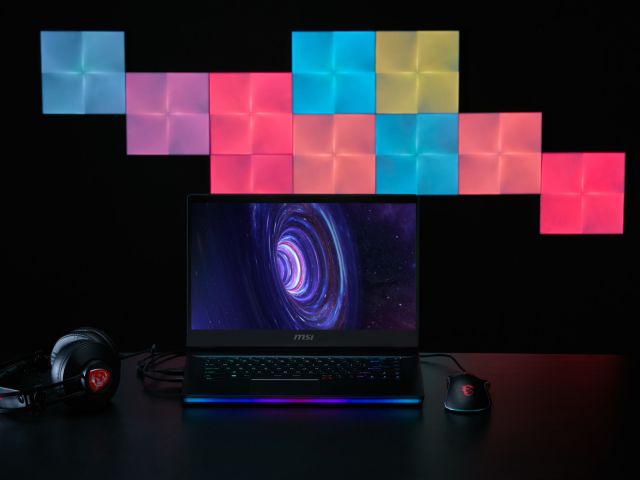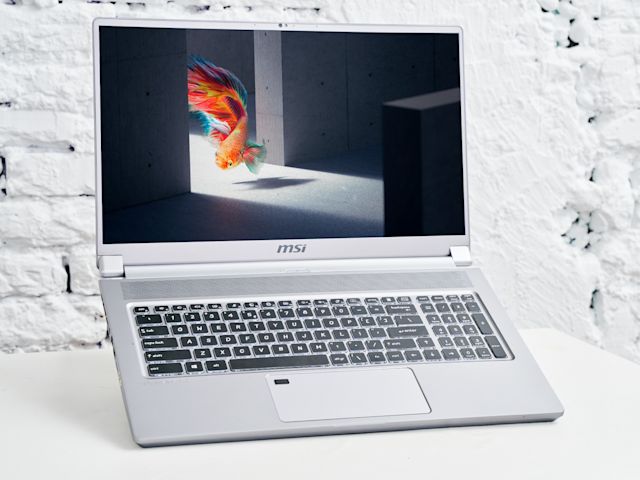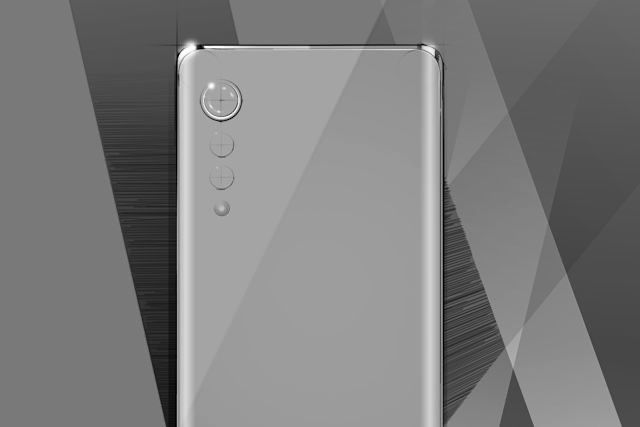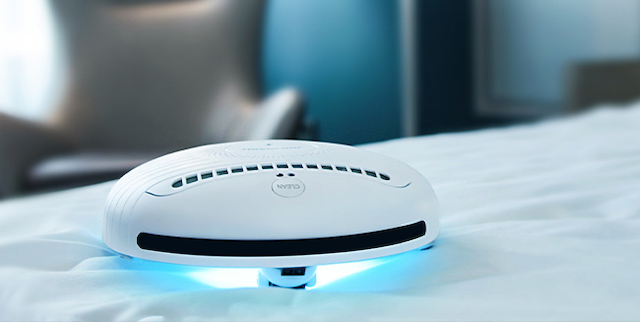The unprecedented collaboration on an interoperable infrastructure between Apple and Google — which came together in two weeks and was announced last Friday — has now set the stage for a robust, potentially global contact tracing system.
The idea of contact tracing is straightforward. When someone is infected with a disease, public health workers need to know who that person has had recent contact with to be able to locate, test and possibly isolate those contacts to stop the disease spreading even further.
For decades, this technique has required painstaking drudgery — interviewing patients about their every move, calling airlines and managers of restaurants, examining hotel records — to determine everyone that’s been exposed. This was the case in tracking the paths of HIV, Ebola and measles.
The challenge is that tracing each case typically takes many days. In Wuhan, China, more than 9,000 epidemiologists performed this task, working in teams of five, according to the WHO. According to the latest figures, there are about 83,000 cases of COVID-19 in China. In the US, there are currently tens of thousands of new known cases every day, meaning a similar effort might require tens if not hundreds of thousands of epidemiologists.
Right now, most of the US is under stay-at-home orders because we don’t know who’s infected and who isn’t; to be safe, we’re presuming that anybody could be.
This is where digital stalking comes in. All that detective work could happen in an instant, using a tracking app. Anyone who has had contact with a patient — shared an elevator or office, bus or train — gets a message to instruct them on how to get tested. In one UK survey, about three in four respondents said they’d definitely or probably install this sort of app.
Right now, most of the US is under stay-at-home orders because we don’t know who’s infected and who isn’t; to be safe, we’re presuming that anybody could be. In San Francisco and Massachusetts, local authorities are beefing up their contact-tracing capabilities, but for the most part, experts say, we’ve missed the boat on tracking the exact path of virus transmission for now.
However, effective tracing paired with widespread testing will be pivotal in containing COVID-19 after social distancing ends. For people to work and congregate again, we need to continuously identify and test infected people so they can be individually quarantined. Knowing who does and doesn’t have it could allow us to separate the safe from the vulnerable, allowing society and the economy to gradually sputter back to life.
Here’s the first catch: For contact tracing to be effective, a lot of people need to opt in to tracking. David Bonsall, an Oxford researcher and co-author of the Science paper, has placed ‘a lot’ at about 60 percent of a country’s population. And while smartphone ownership in the US is just over 80 percent, the question is How do you get three quarters of the nation’s smartphones to all persistently share locations?
Enter Apple and Google. Unlike startups, NGOs and university initiatives, these companies already have a critical mass of users. With nothing but a software update, about 3 billion phones globally could have contact-tracing functionality.
Around now, alarm bells might start ringing. Consenting to this kind of global surveillance appears to fly in the face of everything we’ve learned about sound data hygiene. Trust in the technology industry was already in decline before COVID-19. In a worse case scenario, privacy experts fear contact tracing could create the architecture for a more invasive surveillance state — and new norms that can’t be rolled back.
Consider that Google has hardly covered itself in glory when it comes to being honest about its use of our location. Separately, the US Department of Homeland Security has reportedly bought cellphone location information from private companies for Immigration and Customs Enforcement (aka ICE) to detect undocumented immigrants.
In response to the coronavirus pandemic, Israel has tapped cell phone data from its domestic intelligence agency to identify people potentially exposed to the virus. In Korea, mobile alerts broadcast information about nearby infected people, which might include their family name, age and recent locations. In some areas of China, an opaque algorithm built into wallet app Alipay determines someone’s health risk, which in turn determines their ability to take public transport.
“There’s no question that civil liberties have to give way when it comes to a public health crisis like this but any incursions on civil liberties have to be necessary, they have to be effective and they have to be proportional.”
The location-based data initiatives we’ve seen in the US so far have relied on aggregated, anonymized location data — the kind one might rely on in everyday apps like Google Maps — released by companies like Facebook, Google and Foursquare. The CDC and regional governments have also reportedly been using this data to see trends of where people congregate. But this data doesn’t give away individual locations.
“There’s no question that civil liberties have to give way when it comes to a public health crisis like this,” said Jay Stanley, a Senior Policy Analyst at the ACLU’s Speech, Privacy and Technology Project. “But any incursions on civil liberties have to be necessary, they have to be effective and they have to be proportional.”
With GPS location data considered too revealing, the safe solution that projects like COVID Watch and the Pan-European Privacy Preserving Proximity Tracing (PEPP-PT) have been pushing for uses Bluetooth. The system would have every opted-in phone regularly emit anonymous beacons via Bluetooth. Other phones in the vicinity receive and store those unique beacons — which frequently change — and emit their own. This creates a record of two phones in proximity to each other, but only known by the two phones.
Should one person later test positive for COVID-19, a health official could ask the patient to send their records to a server that broadcasts to other phones and alert any phone whose records match that they’ve recently encountered a person with the virus, perhaps encouraging them to get tested.
Based on the details so far — more are still forthcoming — this is, for the most part, the system Apple and Google have thrown their weight behind.





